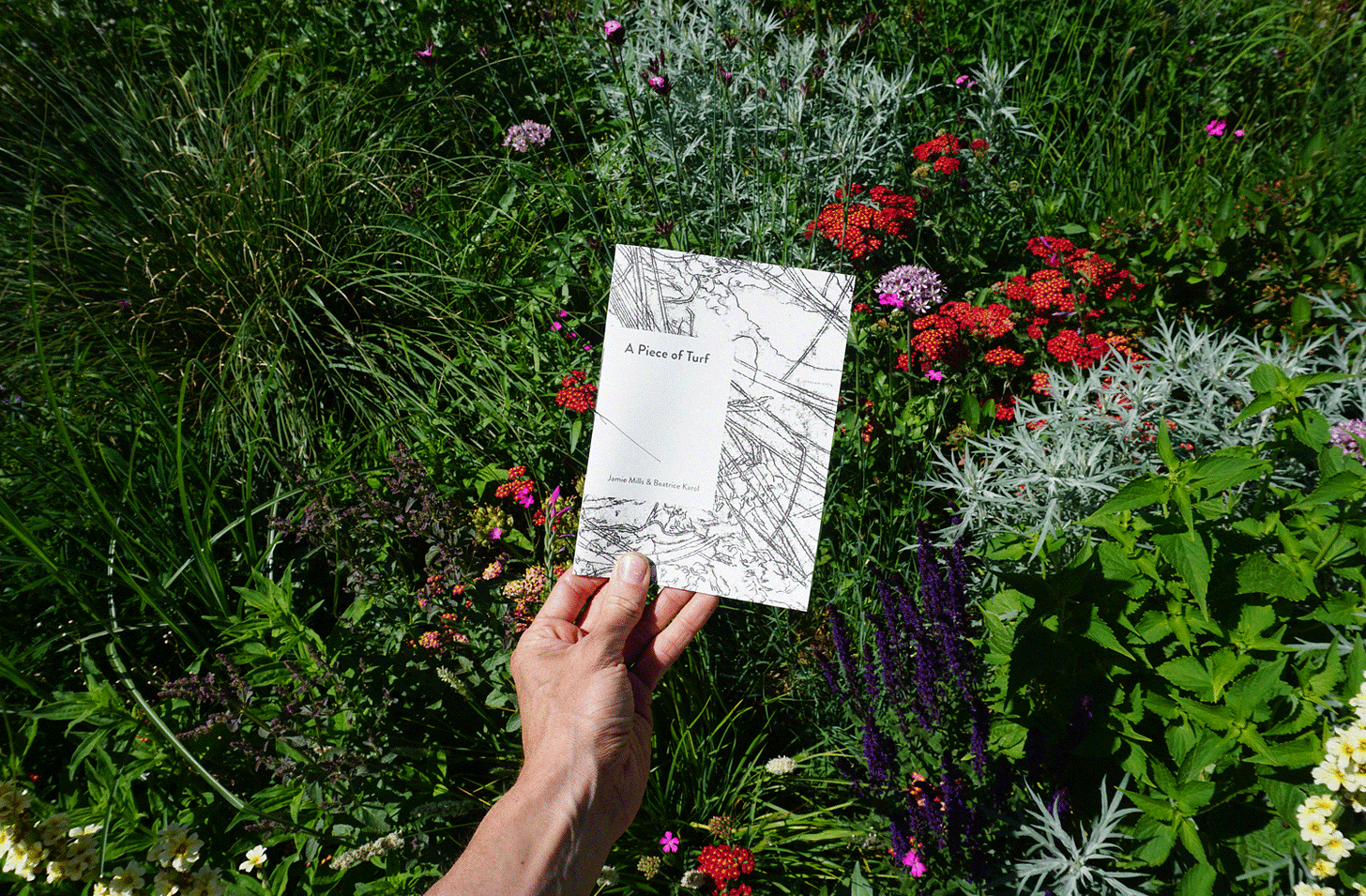The following is taken from a presentation delivered in 2022 at ICON11 titled Twists and Loops: Illustrating Ecologically.. The aim of the talk was to reflect on the inputs and development of A Piece of Turf, a collection of drawings and prints produced in response to observations of a small patch of weeds. This work was brought together into a publication and exhibition alongside prose by Beatrice Karol.
This is the final part of this essay, you can return to the beginning here.
Illustration
‘To understand the shore, it is not enough to catalogue its life. Understanding comes only when, standing on a beach, we can sense the long rhythms of earth and sea that sculpted its land-forms and produced the rock and sand of which it is composed; when we can sense with the eye and ear of the mind the surge of life beating always at its shores - blindly, inexorably pressing for a foothold.’1
The practitioner, Alice Moloney defined illustrators as ‘communicators who see the world through a lens of intense detail.’2 It is with this in mind that I believe that illustrators, specifically, are well equipped to address a world readily in need of more ecologically aware individuals. Taking into consideration the previous discussion, I propose two - looped and twisted - modes of operation within illustration (and illustration-education) that I will expand upon here. These are: Moving Slowly and Looking Closely.
Moving Slowly
One of the founding principles of Deep Ecology was about, ‘regaining time, and retraining our sense of process.’3 Things - places - aren’t static, they twist and move, change and decay, emerge and disappear. It’s important to recognise this and allow our sense of time to become more attuned to different scales. One of the most profoundly simple ways of doing this is by spending time with things. By Staying with the Trouble. This isn’t to try to understand them, but to acknowledge their strange, loopy form and use this as a catalyst for making more nuanced and specific responses. If we can begin to ‘sense the long rhythms of earth and sea’4 then perhaps we can start to see things differently.
Looking Closely
Entangled with the idea of Moving Slowly is the notion of Looking Closely at things, of acknowledging strangeness, of celebrating the mundane, of shouting ‘look! look! here is two square feet of the world.’5 Deep Ecologists describe ‘identification’ as a process of encountering commonality with another entity, a phenomena which is accessible through tangible and visceral pedagogic experience. Individuals can symbolically identify with an aspect of the natural world by accessing it through an alternative - to human - perspective.
For educator and theorist Gillian Judson: ‘Through imagery we can dig deeply into individual relationships, experiencing them as vividly and somatically as possible, but we can also step back to “observe” how we are engaged in a larger web of relationships.’. Here, the very nature of imagery becomes integral to exploring kinship. An ecologically aware approach to making images is one that puts relationships between things - in twisted loops - as central to the image-making experience. Verbs over nouns. Processes over inactivity. Parts over wholes. Things are complex and what happens if we engage with that complexity?
Conclusion
How then is it possible to communicate or respond to complex, messy, interconnected, seemingly chaotic ecologies in a non-reductive manner? The short answer is, it’s not6. But that’s precisely the point - all things are interconnected, these connections are complex, all attempts to communicate complexity are, by definition, going to fall short. Things exist in a manner withdrawn from total access, and ‘no one access mode can exhaust all the qualities and characteristics of a thing’7. But an ecological awareness of this can at least make us aware of, and communicate, our own shortcomings and allow us to see the world in a different way - at different scales and from different perspectives.
An irrational - to human - way of seeing makes the world grow. To come at things as ‘empty and hollow’8 but open to the richness of the multitude creates new connections. Within my own practical exploration, I am attempting to explore what these ideas mean to my role as an observer, participant, illustrator and as an educator. I believe that illogical images have the power to slow down thought and sight. If we can Move Slowly and Look Closely and engage with ecological complexity - rather than attempt to reduce it to simplicity - we can become the communicators of a Deep and Dark Ecology. With a more ecological pedagogy, we can communicate the world closer to how it exists; a twisted, scaled, inaccessible, strange place.
Thanks for reading! Updates will become a lot less frequent from this point, but I’m looking forward to sharing work in progress, studio updates and some slightly more loosely structured thoughts in the future 🌱
Carson, R. (1955) The Edge of the Sea. London: Penguin Books
Moloney, A. (2015) ‘Should illustrators be treated like designers?’ It’s Nice That.
Naess, A. (1986) The Deep Ecology Movement.
Carson, R. (1955) The Edge of the Sea. London: Penguin Books
Dillard, A. (1975) Pilgrim at Tinker Creek. London: Pan Books Ltd
Twist
Morton, T. (2016) Dark Ecology: For a Logic of Future Coexistence. New York: Columbia University Press
Dillard, A. (1975) Pilgrim at Tinker Creek. London: Pan Books Ltd







